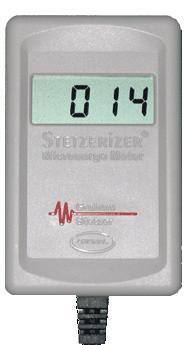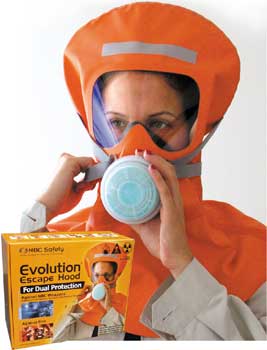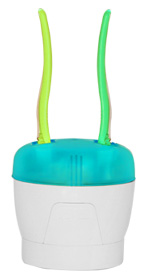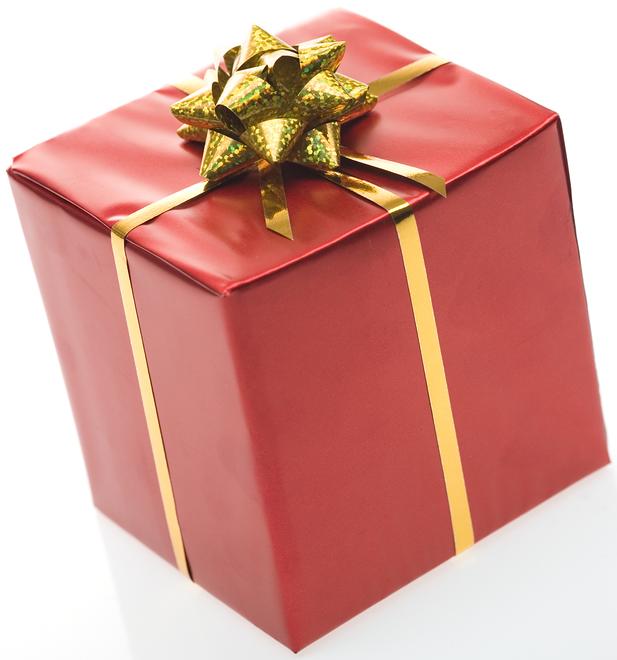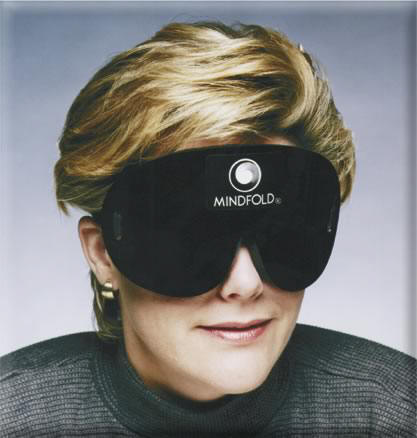Echinacea is a very popular American wildflower and
garden plant, the purple coneflower. It's also one of
America's most popular herbal products, also used to prevent
and treat the common cold, influenza and infections.
Echinacea is the best known and one of the most researched
of immunostimulants.
Echinacea
was among the most popular herbs used by Native American
Indians. At least 14 tribes used
Echinacea for a coughs,
colds, sore throats, infections, toothaches, inflammations,
tonsillitis, and snake bites, among other uses. It was used
by the Dakotas as a veterinary medicine for their horses.
By the
early Twentieth century,
Echinacea had become the best
selling medicinal tincture in America, used for a variety of
internal and external conditions. But by 1910 it had been
dismissed as worthless by the AMA, although it continued to
be used.
Echinacea fell into disuse in this country in the
1930's. However, Europeans began growing and using
Echinacea,
especially the Germans, and to this day have produced the
best scientific documentation of its value. The extract's
popularity in the U.S. grew rapidly during the 1980s, and
the plant is now again among America's best-selling herb
extracts.
The most
common anecdotal reports about the use of
Echinacea are from
people who begin taking the extract at the first sign of a
cold. Often to their surprise, they find the cold has
disappeared, usually within twenty-four hours, and sometimes
after taking the extract only once. Anecdotal evidence
carries little weight in scientific circles, but plant drug
researchers have conducted over 350 scientific studies about
Echinacea. Here's what some of those studies say about
Echinacea:
The most
consistently proven effect of
Echinacea is in stimulating
phagocytosis, or the consumption of invading organisms by
white blood cells and lymphocytes. To prove this, scientists
incubate human white blood cells, yeast cells and
Echinacea
extract. They examine the blood cells microscopically and a
count the numbers of yeast cells gobbled up by the blood
cells. Extracts of
Echinacea can increase phagocytosis by
20-40%. Another test, called "the carbon clearance" test,
measures the speed with which injected carbon particles are
removed from the bloodstream of a mouse. The quicker the
mouse can remove the injected foreign particles, the more
its immune system has been stimulated. In this test too,
echinacea extracts excel, confirming the fact that this
remarkable plant increases the activity of immune system
cells so they can more quickly eliminate invading organisms
and foreign particles.
As with
Astragalus,
Echinacea causes an increase in the number of
immune cells, further enhancing the overall activity of the
immune system. Echinacea also stimulates the production of
interferon as well as other important products of the immune
system, including "Tumor Necrosis Factor", which is
important to the body's response against cancer.
Echinacea
also inhibits an enzyme (hyaluronidase), which is secreted
by bacteria, and helps them gain access to healthy cells.
Research in the early 1950's showed that
Echinacea could
completely counteract the effect of this enzyme, and this
could help prevent infection when used to treat wounds.
While
Echinacea is usually used internally for the treatment
of viruses and bacteria, it is being used more externally
for the treatment of wounds. It also kills yeast and slows
or stops the growth of bacteria, and helps to stimulate the
growth of new tissue. It combats inflammation too, further
supporting its use in the treatment of wounds.
Research in
1957, showed that an extract of
Echinacea caused a 22%
reduction in inflammation among arthritis sufferers. That is
only about half as effective as steroids, but steroids have
serious side-effects. Steroids also strongly suppress the immune system, which makes them a poor choice for
treating any condition in which infection is likely.
Echinacea, on the other hand, is non-toxic, and adds
immune-stimulating properties to its anti-inflammatory
effect.
Most people
use
Echinacea for warding off colds and influenza. Extracts,
either alcoholic or non-alcoholic, are the most commonly
used form, and the usual amount taken is one capsule
(300-400 mg). This is taken at the first sign of a cold and
repeated two or three times a day. European clinics do not
use continuous doses of
Echinacea but rather alternate three
days on and three days off. This is because some testing
shows that the immune system in healthy subjects can only be
stimulated briefly before returning to its normal state.
After several days without stimulation, immunostimulants can
again be effective.
Echinacea
has an excellent safety record. After hundreds of years of
use, no toxicity or side-effects have been reported except
rare allergic reactions in sensitive individuals. The purple
coneflower is a truly American contribution to world health
care through herbs. This safe and effective immune stimulant
was discovered and first used by the Native Americans and is
now a major medicinal plant used throughout Europe and the
U.S.
Sourced from Madison Avenue
West, Inc.
The statements enclosed herein have not been
evaluated by the Food and Drug
Administration. The products mentioned on
this site are not intended to diagnose,
treat, cure, or prevent any disease.
Information and statements made are for
education purposes and are not intended to
replace the advice of your family doctor.


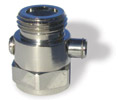

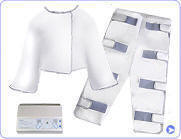
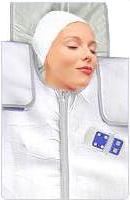
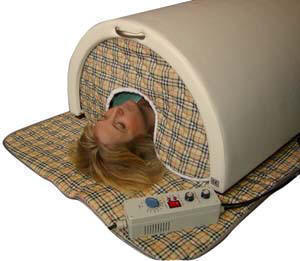



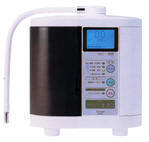


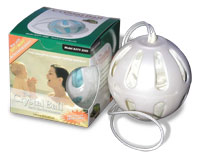
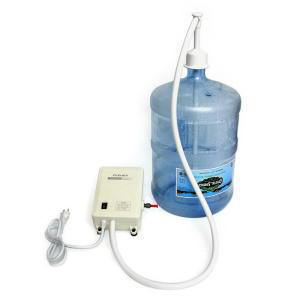
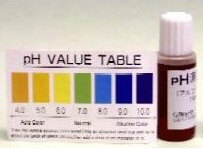
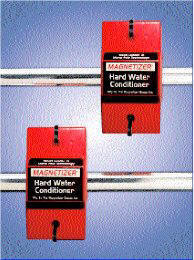


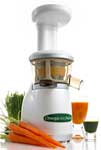
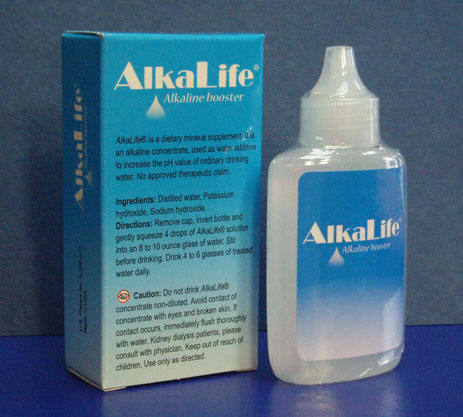

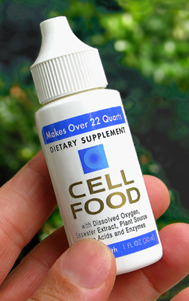

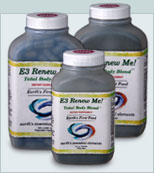


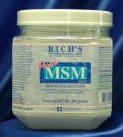

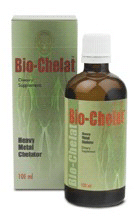




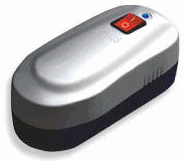 Reduce Electric Bill & EMF Pollution
Reduce Electric Bill & EMF Pollution